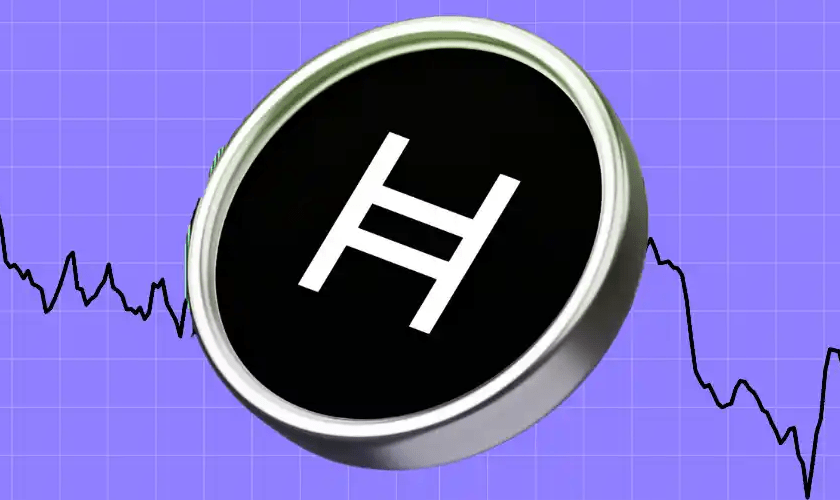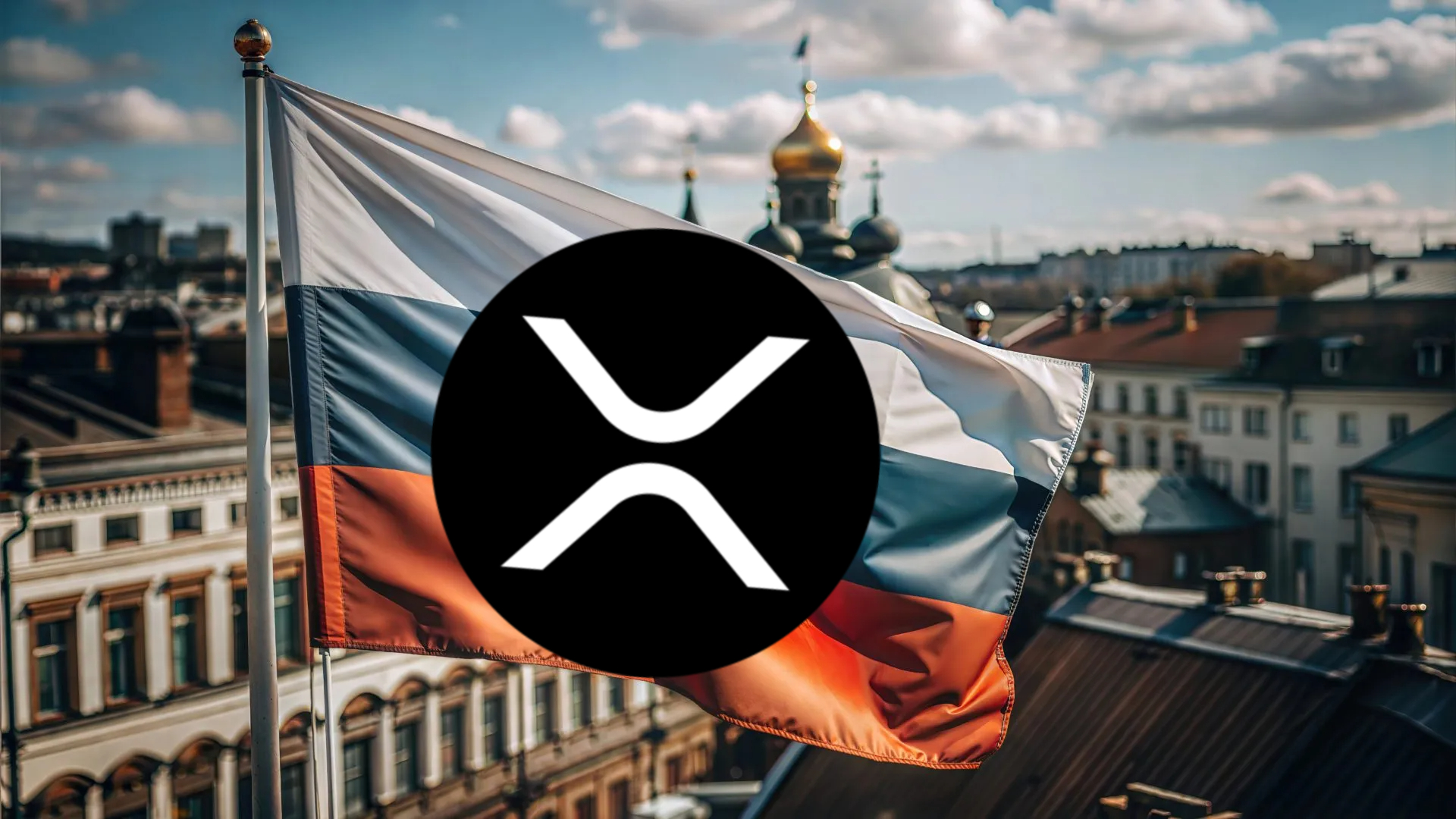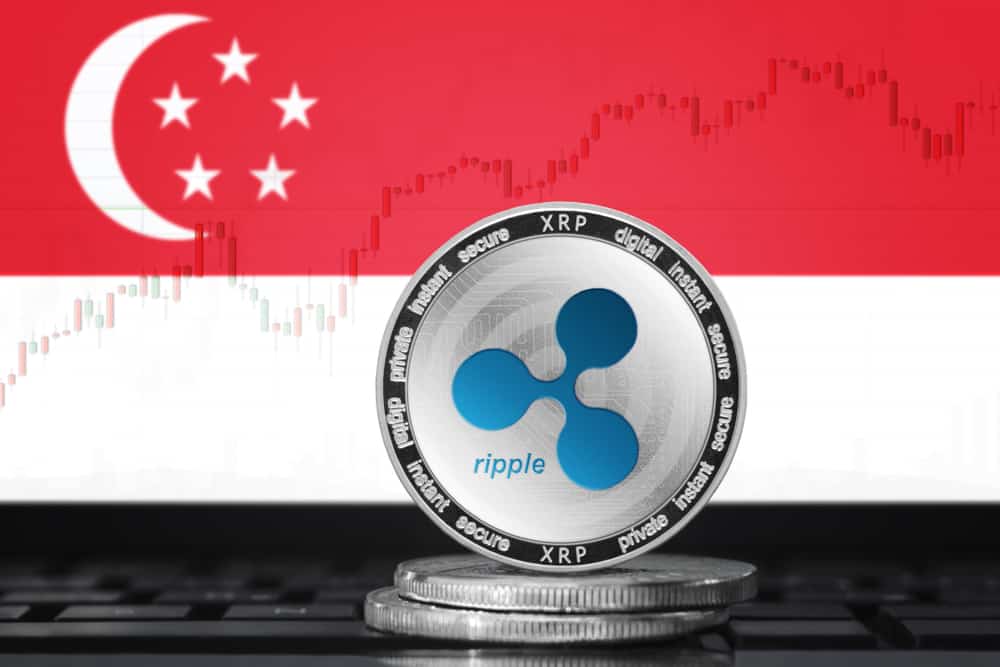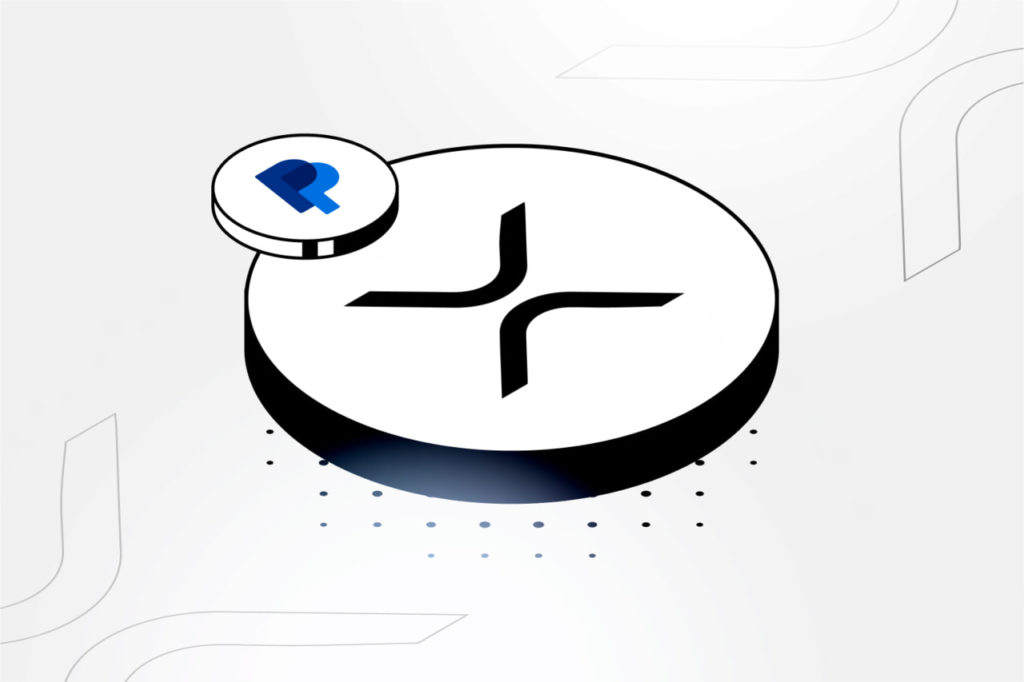On August 14th, the U.S. Federal Reserve’s instant payments platform, FedNow, took a significant step toward modernizing digital payments by adding Dropp, a micropayments service provider built on the Hedera network. This move not only highlights the growing relevance of micropayments but also suggests that the Federal Reserve, along with other major financial institutions, might be exploring the potential of Hedera’s innovative technology.
Dropp: Bridging the Gap in Digital Payments:
Dropp is a cutting-edge pay-by-bank solution that offers an alternative to traditional credit card payments. Designed to handle small-value transactions, Dropp allows merchants to accept digital payments without the burden of large transaction fees typically associated with credit card payments. What sets Dropp apart is its ability to facilitate micropayments using Hedera’s HBAR token, the U.S. dollar, and Circle’s USDC stablecoin.
This capability is particularly crucial for digital goods and services, where transaction sizes are often small and cost efficiency is paramount. By minimizing transaction fees, Dropp empowers businesses to offer more competitive pricing and attract a wider audience, potentially revolutionizing how digital transactions are conducted.

FedNow and Hedera: A Strategic Alignment?
The integration of Dropp into FedNow’s ecosystem could be more than just a tactical enhancement to the payment platform. It might also signal a growing interest from the Federal Reserve in Hedera’s technology. As FedNow continues to position itself as a leading real-time payments platform, the inclusion of a Hedera-based service provider could indicate a broader strategy to explore and possibly adopt distributed ledger technologies (DLT) for future financial infrastructure.
This interest is not isolated. Throughout 2024, Hedera has been making notable strides in the financial sector, particularly with major banks. For instance, Deutsche Bank announced its partnership with Hedera to explore DLT-based solutions for asset management and tokenization, aiming to streamline processes and improve efficiency. Additionally, Shinhan Bank in South Korea continued its pioneering work with Hedera by completing a successful stablecoin remittance pilot, which could pave the way for broader adoption of Hedera’s technology in cross-border payments.
Moreover, Standard Bank, Africa’s largest bank by assets, integrated Hedera into its internal processes to enhance the transparency and efficiency of its cross-border payments infrastructure. This integration is part of a larger trend where banks are increasingly adopting DLT to reduce costs and improve transaction speeds.
Major Banks and Hedera: A Growing Connection:
Hedera’s expanding presence among major financial institutions is also evident through its growing Governing Council, which now includes 25 members of leading global enterprises and financial giants. In 2024, Hitachi America, Ltd., and Mondelēz International joined the Hedera Governing Council, further strengthening Hedera’s network of influential partners and highlighting the trust that these industry leaders place in Hedera’s technology.
These Council members are not just passive participants; they actively contribute to the governance and strategic direction of the Hedera network. This makes it one of the most decentralized and enterprise-driven DLT platforms available. The Council’s recent decision to allocate a substantial portion of HBAR tokens toward ecosystem growth underscores their commitment to expanding Hedera’s reach and utility, potentially making it a cornerstone technology for future financial applications.
The Implications for Hedera and Digital Payments:
The Federal Reserve’s decision to integrate a Hedera-based service into FedNow could be a signal of broader adoption on the horizon. As major banks like Deutsche Bank, Shinhan Bank, and Standard Bank continue to experiment with and adopt Hedera’s technology, it is increasingly clear that the platform’s unique capabilities are gaining recognition at the highest levels of finance. This growing interest from both the Federal Reserve and major global banks could position Hedera as a key player in the evolving digital economy.
Conclusion
The addition of Dropp to FedNow is a milestone not just for the platform but also for Hedera, which continues to prove it’s worth in the digital payments landscape. This integration might be an early indicator of the Federal Reserve’s and major banks’ interest in Hedera’s technology—a development that could have far-reaching implications for the future of finance. As Hedera continues to expand its presence across various sectors, its role in shaping the next generation of financial infrastructure seems increasingly promising.
Other HBAR News: HBAR Positioned for Massive Growth in $10 Trillion RWA Market by 2030





